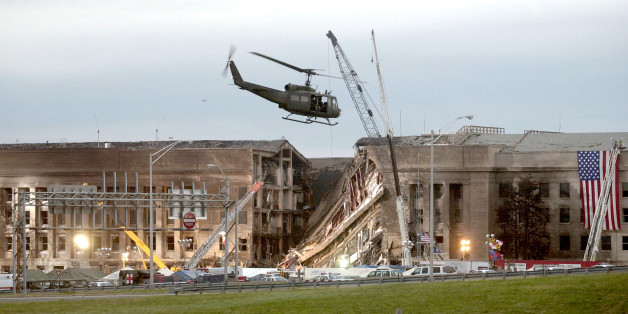On the morning of September 11, 2001, al-Qaeda launched its four-plane air force against the United States. On board were its precision weapons: 19 suicidal hijackers. One of those planes, thanks to the resistance of its passengers, crashed in a Pennsylvania field. The other three hit their targets — the two towers of the World Trade Center in New York City and the Pentagon in Washington, D.C. — with the kind of “precision” we now associate with the laser-guided weaponry of the U.S. Air Force.
From its opening salvo, in other words, this conflict has been an air war. With its 75% success rate, al-Qaeda’s 9/11 mission was a historic triumph, accurately striking three out of what assumedly were its four chosen targets. (Though no one knows just where that plane in Pennsylvania was heading, undoubtedly it was either the Capitol or the White House to complete the taking out of the icons of American financial, military, and political power.) In the process, almost 3,000 people who had no idea they were in the bombsights of an obscure movement on the other side of the planet were slaughtered.

